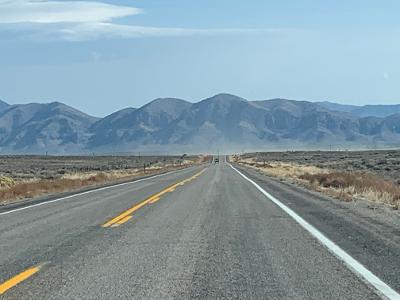Becoming more knowledgeable about European geography and topography is one of the benefits of riding the rails. Going from Strasbourg to Innsbruck took us through Switzerland and Liechtenstein before getting to Austria (T-Mobile welcomed me to each country as we entered) and necessitated two train changes. We were lucky as the one change with a short transfer time was convenient as the train dropping us off and the next train were on adjacent platforms.
We arrived in Innsbruck mid-afternoon and walked the short distance to our hotel, the Adlers Hotel, which is the tallest hotel in Innsbruck. The rooms have huge glass windows, which afford beautiful views of the city and the Tyrolean Alps. There is also a rooftop bar and restaurant with the spectacular views that was our first stop after getting settled in our room.

Innsbruck has a population of only about 120,000, so, it is not a huge city. It is, however, the “Capital of the Alps” and an 800-year old city. The Winter Olympics were held here twice, in 1964 and 1976.
To get into the Austrian spirit we had dinner the first evening at a very traditional Austrian restaurant to include having wiener schnitzel with roasted potatoes (in Austria they don’t serve sauerkraut with the potatoes and schnitzel).

Being that Innsbruck is about the mountains, we went to Nordkette, the “Top of Innsbruck.” There is a cable car and funicular system that whisks you to the top of the mountains. There are three separate systems that were constructed. It began in February 1906 with construction of a funicular up to an area called Hungerburg. A viaduct across the river and the upper part of the funicular were the first of its kind and the first structure to be built solely of concrete. It was opened to the public September 12, 1906, able to transport 300 people per hour. The idea of building a cable railway up to Nordkette had been proposed, but WWI broke out. The Seegrube Cable Railway (the second stop) began in July 1927. The first section opened July 8, 1928, and section 2 (the third and top stop) was opened 2 weeks later. There was a general renovation in 1927 with the route extended 15 meters and two new funiculars creating a capacity of 1,100 people per hour; it opened in July 1958. The stop at Seegrube has a restaurant, and, that is where we had lunch. As you might guess, the views are spectacular


Innsbruck also offers Maria Thiessen Street, which is a beautiful street for shopping and strolling. I ventured out to enjoy the shop windows and passage ways late afternoon, and, the displays were so well done with beautiful fall clothes that I wished I had a reason to buy some of the items on display.
We had dinner outside at the 12th floor restaurant, and, the mountain views were astounding. The colors in the sky looked like a painting. The food was excellent as well, so, a great ending to our short stay in Innsbruck.


Absolutely gorgeous…I was in Innsbruck many many years ago and it rained all the time, so i did not have the chance to see those gorgeous lanscapes… glad to read that you are now completely dominating the rail systems of Europe. Even though they may be a challenge, they are well worth using as a best means of transportation to enjoy all the beauties of Europe. Continue with your good reports and amazing photos!
Thank you! We have been exceedingly lucky with the weather, which really helps with the photos. The mountains surrounding Innsbruck create such a dramatic setting for the city, and, I am sorry you did not get to experience that. Donna